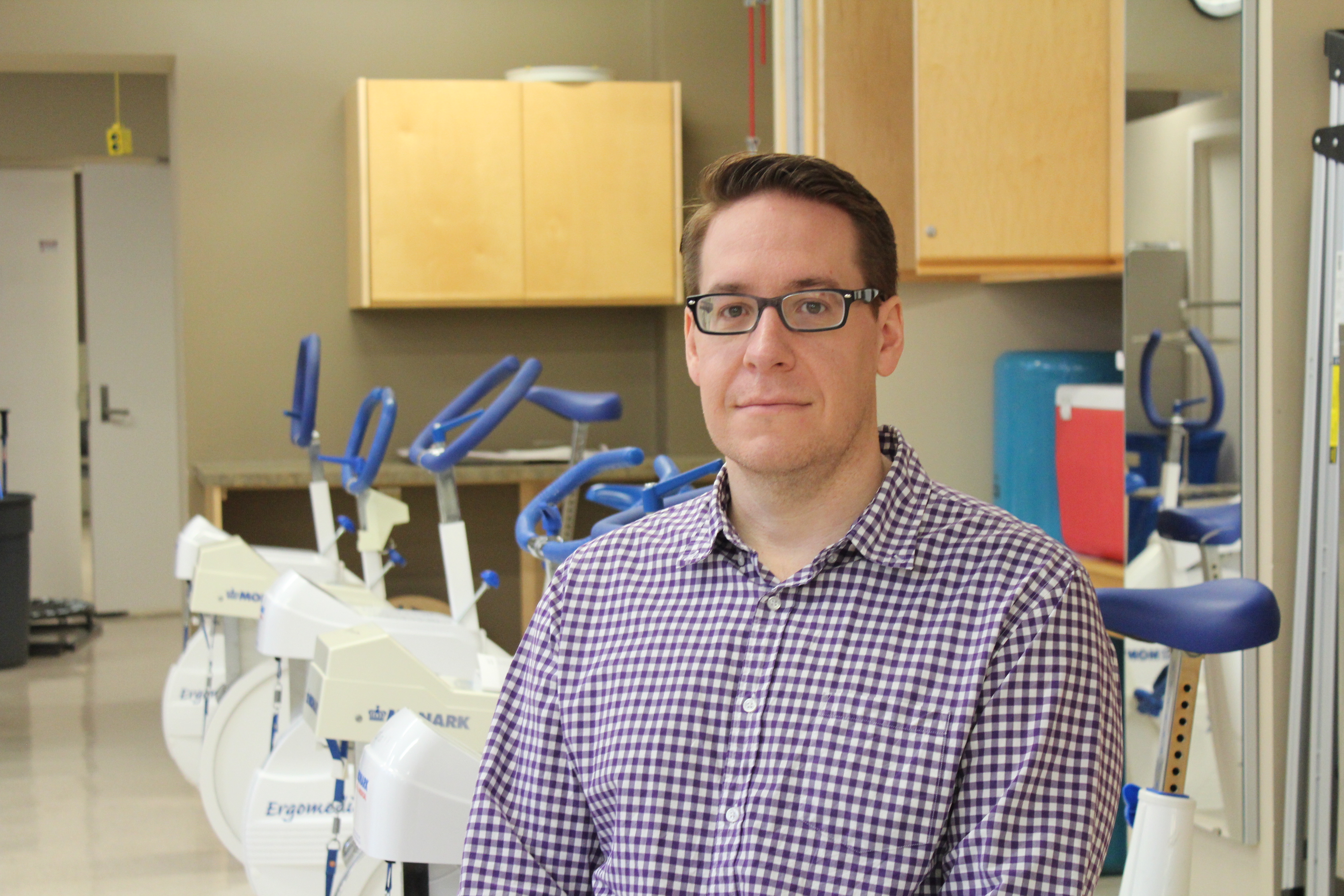
Geoff Bostick, associate professor of physical therapy at the Faculty of Rehabilitation Medicine
(Edmonton) Opioids such as morphine, codeine and Tylenol 3 can be effective for treating pain, however, a new University of Alberta study finds that patients with neuropathic pain taking opioids report no improvements in physical functioning compared to those who were not prescribed opioids.
"We studied patients with neuropathic pain from nerve injuries such as diabetic neuropathy and pinched nerves, and the ones who weren't prescribed any opioids had statistically lower disability and higher physical functioning scores," says Geoff Bostick, associate professor of physical therapy at the Faculty of Rehabilitation Medicine and lead author of the study published in Pain Medicine.
The study looked at 789 patients across Canada who provided baseline measures of self-reported function, and again at six and 12 months after treatment. Adjusting for severity of the symptoms, the research showed physical functioning and disability did not improve in patients with neuropathic pain who were prescribed opioids compared with those who were not prescribed.
"Even though opioid medications can be a powerful pain killer, it does not necessarily mean improved function will follow - pain is not the only factor in determining function," explains Bostick. "It can be difficult helping people move when they have pain, but as a physiotherapist I know the importance of physical function and we have to help find a way to promote movement, even if it is painful."
As a pain expert, Bostick understands the important role opioids play in the treatment of pain. "Pain is very complex, and people experience pain at very different levels. Opioids can help people with severe pain be more comfortable, but if they are not also facilitating improved function, the impact of these medications on quality of life should be questioned."
While improving function despite pain is difficult, there is a way forward. His suggestion is for those who are experiencing chronic pain and are medically cleared for physical activity, to use a graded approach. "If you want to move better, it requires careful measurement of your tolerance to activity.
Instead of say, walking until you reach your pain limit, I tell patients to walk until they are at 50 per cent of their tolerance - walk and stop before the pain gets too bad. Each week, walking time is gradually increased. Over time, this tolerance will slowly increase and so will physical function."
___________________________________________________________
The Faculty of Rehabilitation Medicine at the University of Alberta
As the only free-standing faculty of rehabilitation medicine in North America, the Faculty of Rehabilitation Medicine's vision is to be at the forefront of knowledge generation and scholarship in rehabilitation. Through excellent teaching, research and service to the community, the Faculty is committed to enhancing quality of life, promoting participation and autonomy, and improving function for citizens in Alberta and beyond.
A research leader in musculoskeletal health, spinal cord injuries, common spinal disorders (back pain), seniors and dementia and speech-language disorders, the Faculty of Rehabilitation Medicine aims to inspire the realization of the full potential of individuals, families and communities. The three departments, Occupational Therapy (OT), Physical Therapy (PT) and Communication Sciences and Disorders (CSD) offer professional entry programs. The Faculty offers thesis-based MSc and PhD programs in Rehabilitation Science, attracting students from a variety of disciplines including OT, PT, SLP, psychology, physical education, medicine and engineering.